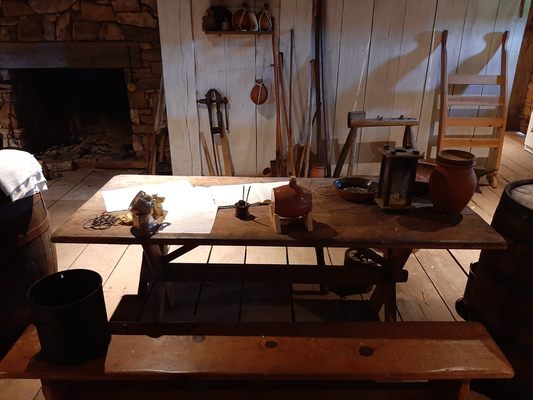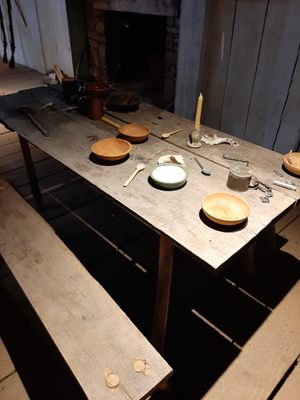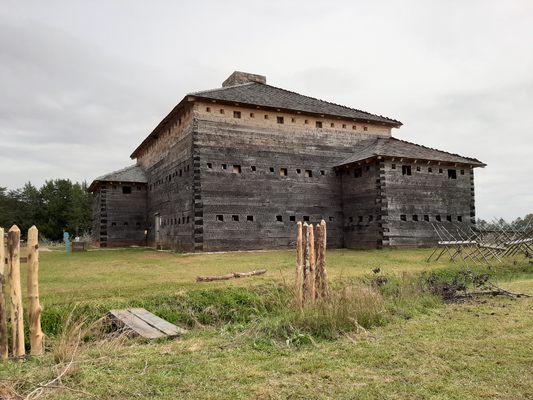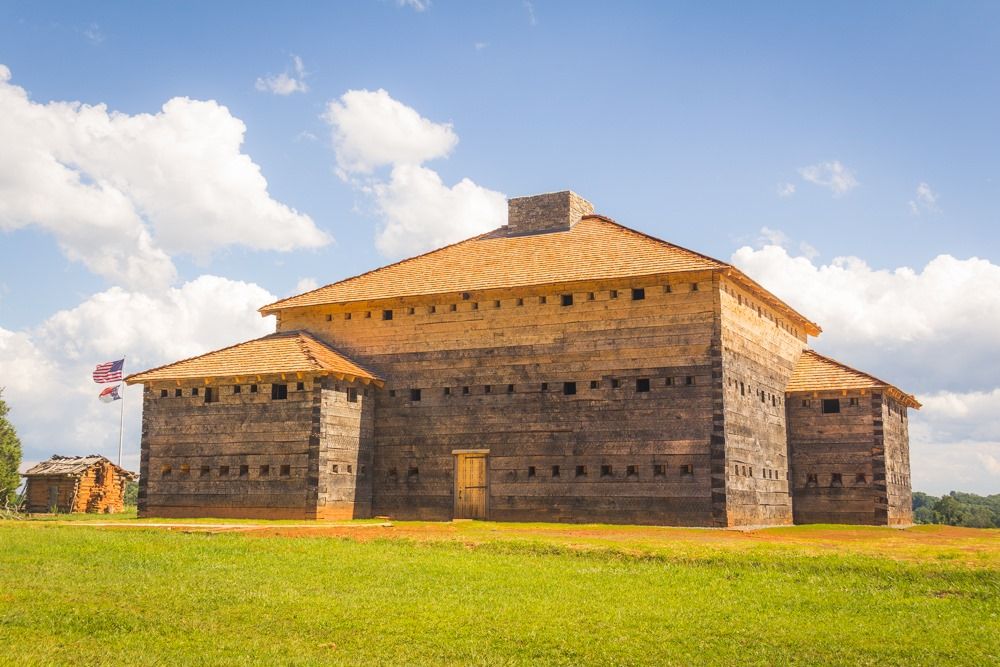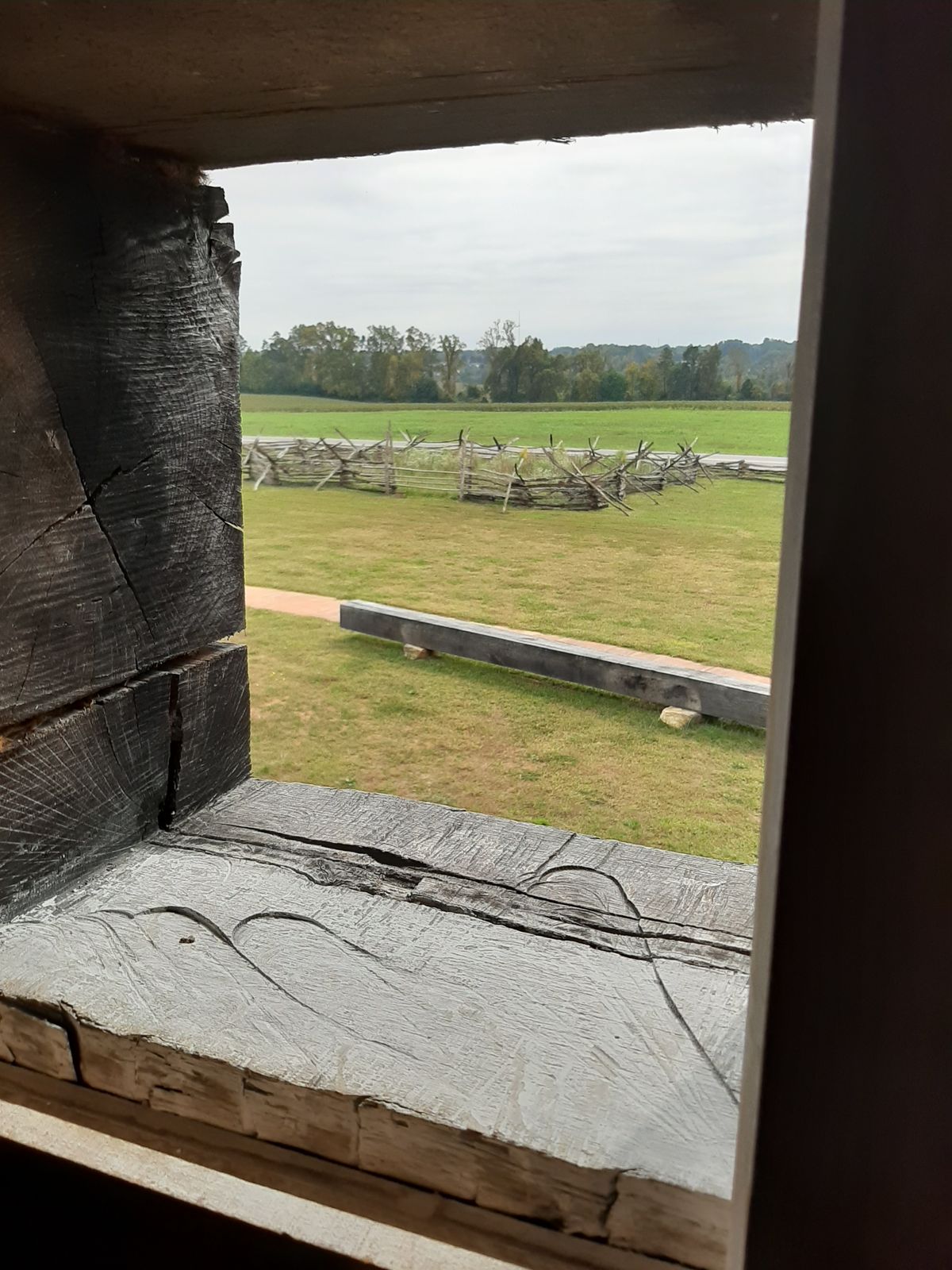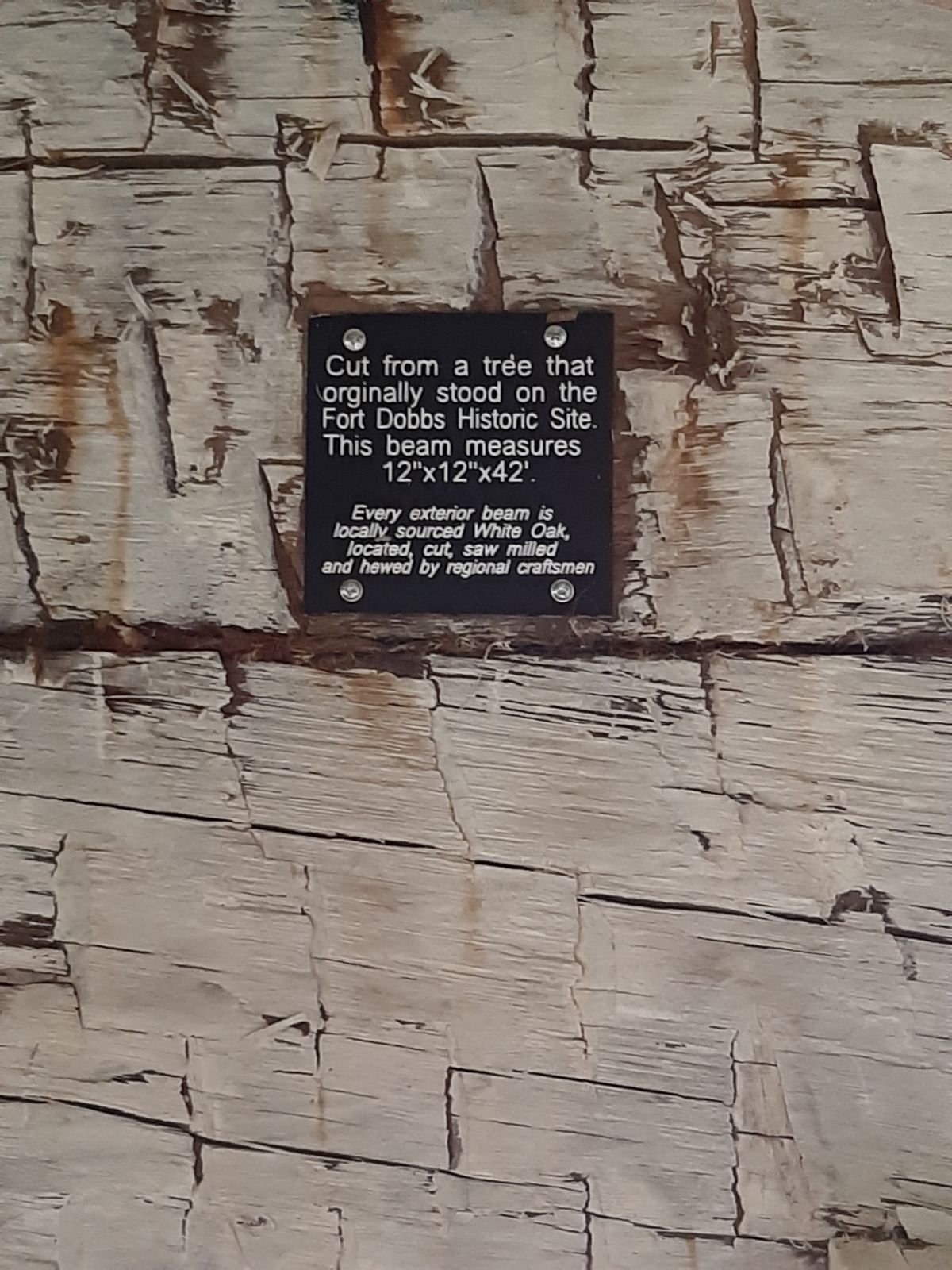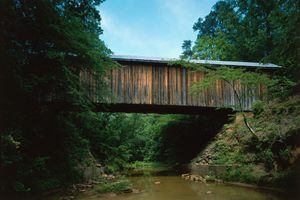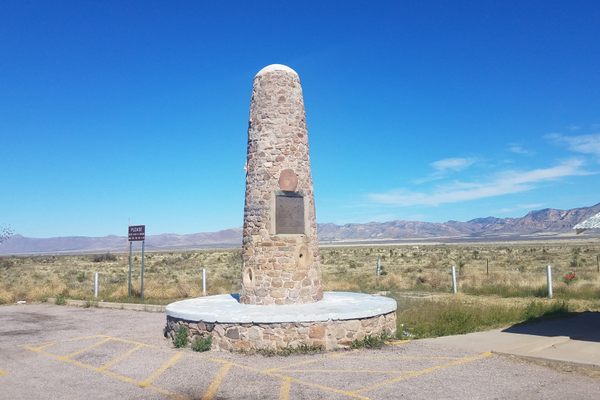About
When the French and Indian War broke out between England and France in 1754, the North American colonies of both powers were competing to dominate the continent. Both sides courted indigenous peoples and ultimately dozens of Native American tribes joined the struggle on one side or the other.
When the fighting started, the British colonization of North Carolina was still relatively new, but a major migration of new colonists was underway and starting to fill the edge of the colony with farms and small towns. These new, dispersed homesteads would make easy targets for the French and their allies, so a fortified barracks was completed in 1756 to house a garrison of soldiers.
The troops at Fort Dobbs weren't in the British Army. Rather, the "Provincials" were recruited, equipped, and paid (supposedly) by their province and served Royal Governor Arthur Dobbs. North Carolina troops would fight as far away as Pennsylvania and New York, as well as defending places like Fort Dobbs.
The fort was the scene of battle when, on February 27, 1760, it was attacked by a large party of warriors from the Cherokee tribe. The Cherokee, formerly British allies, were acting in retaliation for the scores of their people who had been killed by British settlers. Though the fort survived the attack, it was abandoned at the end of the war.The site was all but forgotten until it was preserved in the early 20th century. Working with the Daughters of the American Revolution, archaeologists determined where the fort stood and unearthed thousands of artifacts: clues about daily life at the site. Using this information, a full-scale reconstruction was started by the Friends of Fort Dobbs.
The fort opened to the public in September of 2019 and is set up as giant living history exhibit, where visitors can interact with costumed interpreters and experience what life may have been like in the 1750s.
Related Tags
Know Before You Go
Fort Dobbs is operated by the North Carolina State Historic Sites and is open year-round. The site holds several special events and reenactments each year, a $2.00 admission fee charged per person.
Allow one hour to take the tour which occurs every 45 minutes starting at 9:30 a.m. ending at 4:00 p.m.
Published
July 12, 2019










